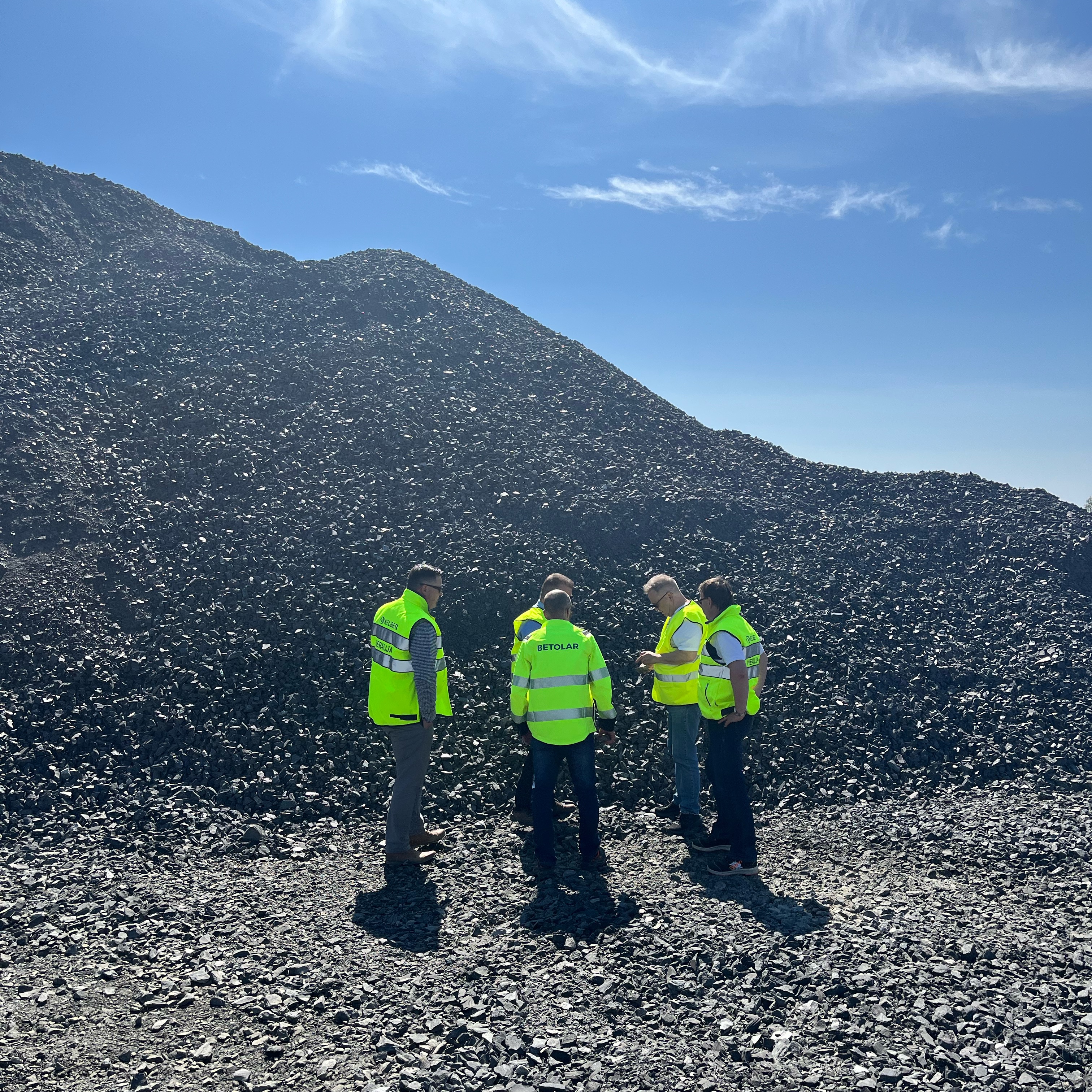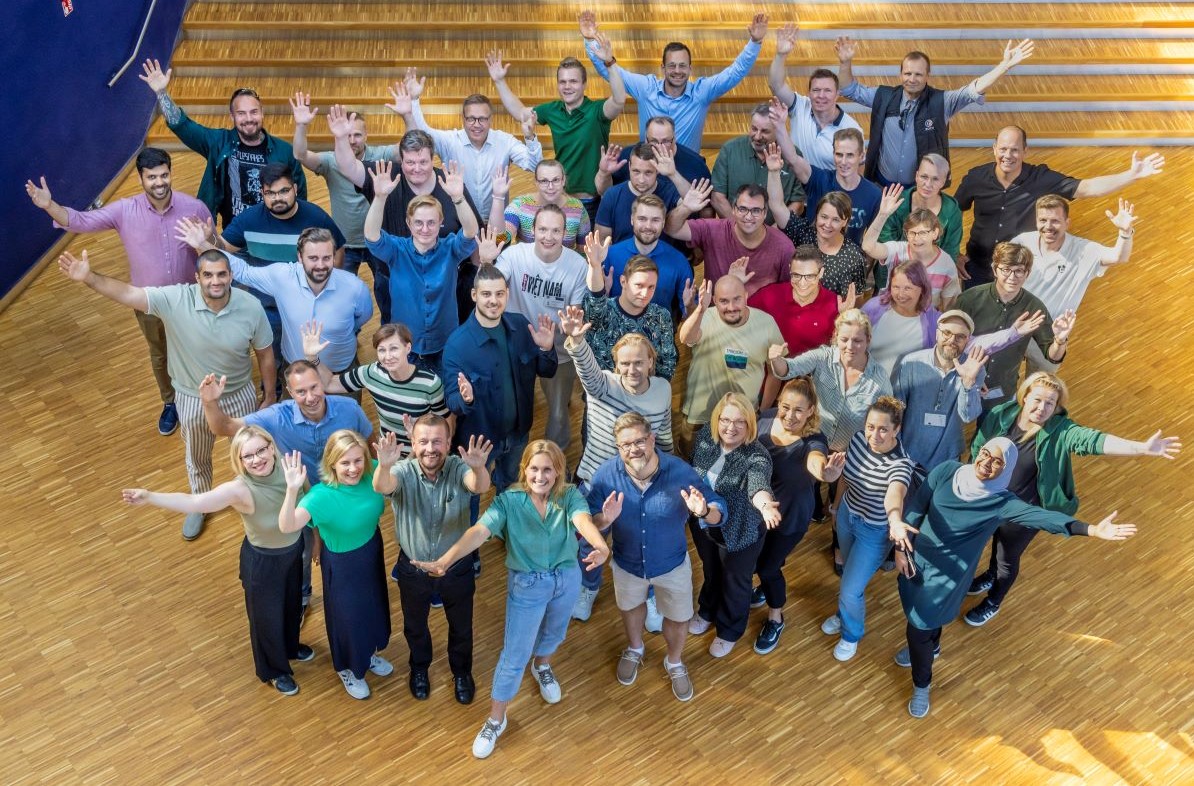According to Sitra's study, circular economy solutions in four key sectors—agriculture and food, construction, textile, and forestry —can halt the global decline in biodiversity. By 2035, this development could even lead to the restoration of biodiversity levels to those of the year 2000.
Nani Pajunen, Management Consultant at AFRY, emphasizes that the challenges transcend geographical areas and organizational boundaries.
"The European Union's environmental policy and legislation support and promote the transition towards carbon neutral circular economy. Sustainable development can be accelerated through various incentives and collaboration between the private and public sectors. The transition towards a sustainable and fair global economy means that everything in the product's life cycle and supply chain needs to be reconsidered. There is a constant need for new solutions in the industrial value nets, and at the same time, a tremendous opportunity to make a giant leap toward a sustainable future," says Pajunen.
In her work, Pajunen promotes sustainable development and circular economy solutions. She is also involved in the World Circular Economy Forum in Helsinki.
Using side stream materials to produce environmentally friendly concrete
The global construction products industry faces three key challenges regarding sustainable development: CO2 emissions from cement, underutilized industrial side streams, and the scarcity of virgin raw materials.
Betolar's cement-free Geoprime solution reduces CO2 emissions from concrete production by up to 80 percent. The company is also involved in blended cement solutions. But the goal is to entirely replace cement with industrial side stream materials as binding agents to maximize positive environmental impact.
The use of side stream materials instead of cement significantly increases their demand. At the current level, replacing cement would require four billion tons of side stream materials annually. However, the available side stream materials that meet the existing standards, such as blast furnace slag and fly ash, only account for about a quarter of the volume needed to replace cement.
"Therefore, new sources of side stream materials need to be discovered, and their standardization should be based on their properties and performance. We are conducting extensive research on side stream materials at our home base in Kannonkoski, where a new innovation center supporting the development of large construction elements will also be completed this summer," says Ville Voipio.
Updating standards to support circular economy solutions
According to Ville Voipio, construction-related standards should be updated so that the suitability of construction materials is assessed based on their properties and performance, rather than, for example, cement content.
"Current regulations require cement in concrete, even though geopolymers can achieve better properties without cement. This inevitably limits the use of low-carbon building materials in concrete construction," describes Voipio.
Considering life cycle impacts in construction
Price still plays a significant role in public procurement. However, a price-centered approach does not serve the overall goal, as ambitious environmental objectives are overshadowed by economic targets in decision-making.
"CO2 emissions should be included in the selection criteria for public procurement. This would enable comprehensive and economically beneficial choices, as polluting materials leave the cost of emissions for society to bear. This is where decision-makers' true commitment to achieving climate and biodiversity goals is measured," says Voipio.
In addition to procurement, the public sector influences sanction fees and provides guidance for local construction. Granting priority to low-carbon footprint construction in urban planning and land allocation would promote the achievement of emissions targets for municipalities and cities.
Side streams transform from waste to game-changers in the circular economy
Current environmental efforts related to buildings primarily focus on achieving energy efficiency during use. However, emissions from construction materials account for over 40 percent of the total life cycle emissions of a building. This share is roughly equivalent to the emissions from energy consumption during the building's use.
"It would be advisable to have a separate category for the environmental impacts of construction materials in the classification and assessment systems for buildings and the built environment. This would allow consideration of, for example, how circular economy materials have been utilized in the construction. In this way, the focus would shift from material CO2 emissions to the impact on biodiversity," suggests Voipio.
A public database on the characteristics of side streams accelerates solutions
Classifying industrial side streams based on their potential use as raw materials in concrete production would add value to some materials currently defined as waste. On top of that, in the circular economy, side-stream materials suitable for utilization would not end up as waste.
"If a side stream material is chemically reactive, it could potentially be used as a binder. Before a side stream material is classified as waste and transported to a landfill, a reactivity assessment should be conducted. This could lead to the creation of a public database for reactive side streams that can be used in material production. Society should have a strong interest in promoting overall sustainable development," proposes Ville Voipio.
Betolar Oyj
Communications
About Betolar
Betolar Plc is a Finnish materials technology company that offers the production of sustainable and low-carbon concrete with the Geoprime solution. The solution converts industrial side streams into a cement substitute.
Betolar's artificial intelligence innovation can significantly reduce CO2 emissions compared to traditional cement-based concrete production by optimizing existing manufacturing processes, supporting solution development with advanced analytics, and creating global markets for side streams. Betolar's mission is to help reduce CO2 emissions and the use of virgin resouces.
Betolar was founded in 2016 and is domiciled in Kannonkoski, Finland. Betolar is listed on the Nasdaq First North Growth Market. For more information: www.betolar.com
More information
Martta Valkola, Head of Marketing and Communications, martta.valkola@betolar.com, +358405471981



.jpg)
_lr.jpg)

